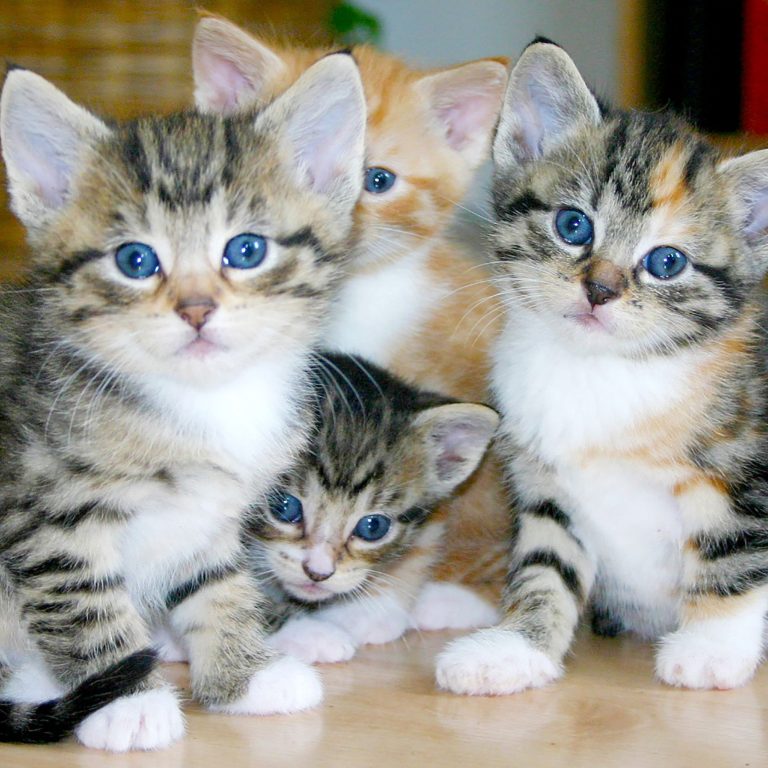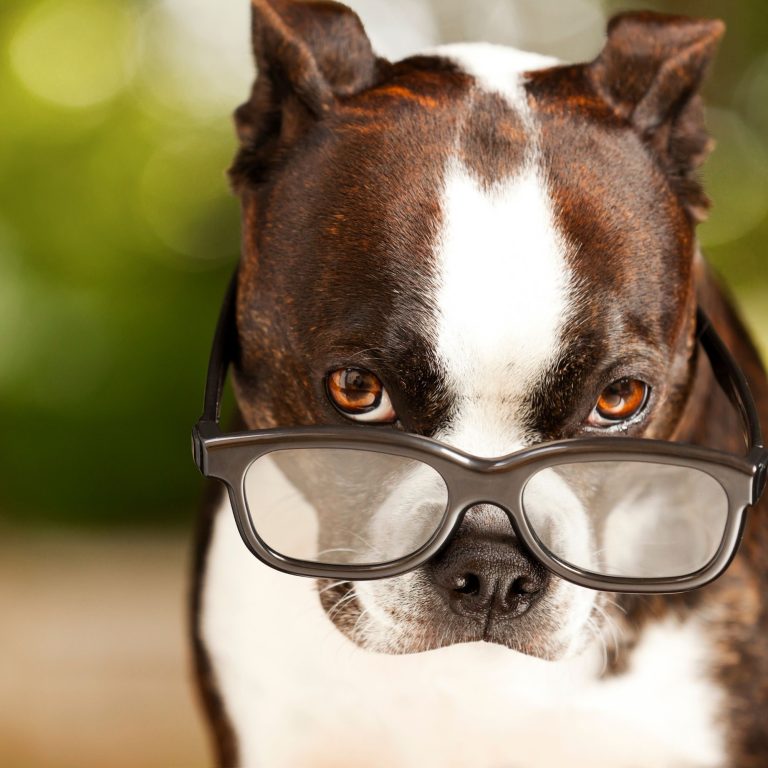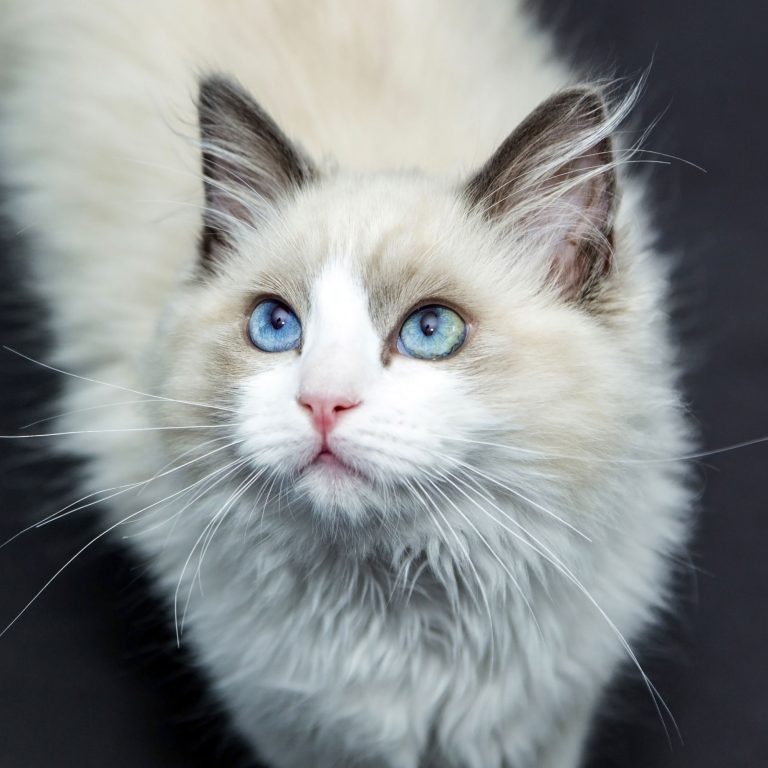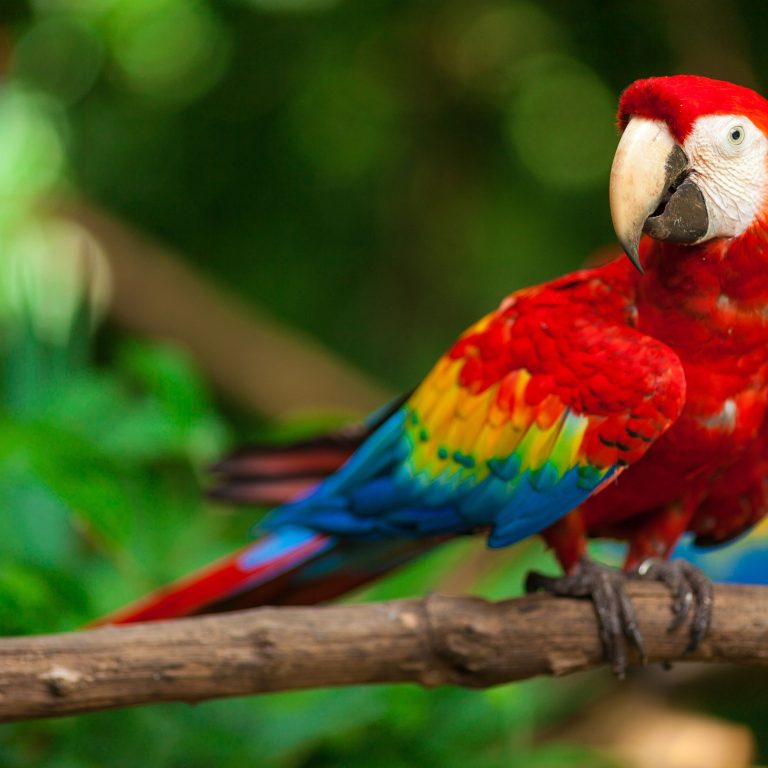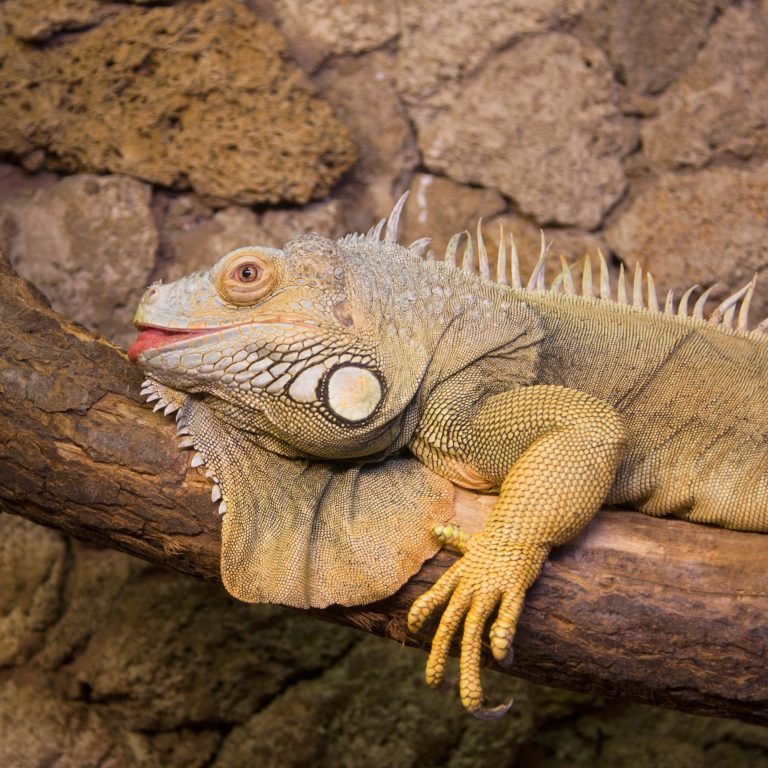Level Up Your Cats Feeding Routine: Puzzle Feeder Toys Unleashed
Enriching Your Cat’s Feeding Routine
As a pet owner, you want the best for your furry friend, and that includes providing them with a stimulating environment. One often overlooked aspect of a cat’s daily routine is their feeding time. It’s not just about nourishment; it’s also an opportunity to engage their minds and tap into their natural instincts. This is where puzzle feeder toys come into play.
The Importance of Mental Stimulation
Cats are curious creatures that thrive on mental stimulation. While a regular bowl of food may satisfy their hunger, it doesn’t challenge their problem-solving skills or engage their senses. By introducing puzzle feeder toys into your cat’s feeding routine, you can provide them with a mentally enriching experience that keeps them entertained and engaged.
Mental stimulation is essential for cats as it helps prevent boredom, reduces stress, and promotes overall well-being. When cats are mentally stimulated, they are less likely to engage in destructive behaviors or become overweight due to excessive eating. Incorporating puzzle feeder toys into their feeding routine is a simple and effective way to provide this much-needed mental stimulation.
Introducing Puzzle Feeder Toys for Cats
Puzzle feeder toys are specially designed toys that require cats to work for their food. These toys are designed to challenge their problem-solving abilities and engage their natural hunting instincts. By making mealtime more interactive, puzzle feeder toys transform a mundane task into an exciting and engaging experience for your cat.
There are different types of puzzle feeder toys available, including food dispensing toys, treat dispensing toys, and interactive puzzle toys. Food dispensing toys release a small amount of food as your cat interacts with the toy, while treat dispensing toys provide a tasty reward for solving the puzzle. Interactive puzzle toys often involve multiple steps or compartments that cats need to navigate to access their food.
When choosing puzzle feeder toys for your cat, it’s important to consider their difficulty level and complexity. Start with toys that are relatively easy for your cat to solve and gradually increase the difficulty as they become more experienced. This keeps them challenged and engaged without becoming frustrated.
In addition to mental stimulation, puzzle feeder toys can also help slow down your cat’s eating pace, which can be beneficial for cats that tend to eat too quickly. By making them work for their food, puzzle feeder toys encourage slower and more mindful eating habits, reducing the risk of digestive issues.
To learn more about different types of puzzle toys for cats and how to introduce them to your feline friend, check out our articles on puzzle treat toys for cats and best puzzle toys for cats.
By incorporating puzzle feeder toys into your cat’s feeding routine, you can provide them with the mental stimulation they need while turning mealtime into an exciting and engaging experience. Experiment with different types of puzzle toys and watch as your cat’s natural instincts come to life.
How Puzzle Feeder Toys Work
Puzzle feeder toys provide a fun and engaging way to feed your cat while stimulating their natural instincts. These toys are designed to make mealtime more exciting and mentally stimulating for your feline friend. Let’s explore the basic mechanics of puzzle feeders and the benefits they offer.
Basic Mechanics of Puzzle Feeders
Puzzle feeders are typically designed with various compartments, hidden openings, or moving parts that require your cat to interact with the toy to access their food. The food is placed inside the toy, and your cat must engage with it to retrieve their meal. This interaction can involve batting, pawing, rolling, or manipulating the toy to reveal the hidden treats or kibble.
The complexity of puzzle feeders can vary, ranging from simple designs with a single opening to more intricate ones with multiple compartments and moving parts. The level of difficulty can be adjusted based on your cat’s skill level and experience. Some puzzle feeders may require your cat to slide, push, or rotate parts of the toy to access the food. This encourages your cat to think and problem-solve, providing mental stimulation in addition to fulfilling their hunger.
Benefits of Using Puzzle Feeders
Using puzzle feeders for your cat’s mealtime offers several benefits. Here are some key advantages:
-
Mental Stimulation: Puzzle feeders engage your cat’s mind, providing mental exercise and preventing boredom. This is particularly beneficial for indoor cats who may lack opportunities for natural exploration and hunting.
-
Slow Feeding: Puzzle feeders can help slow down your cat’s eating pace by making them work for their food. This can be especially useful for cats who tend to eat too quickly, reducing the risk of digestive issues.
-
Weight Management: By making mealtime more interactive, puzzle feeders can help with weight management. It encourages your cat to be active and burn calories while enjoying their food.
-
Reduce Anxiety: Puzzle feeders can provide a sense of enrichment and satisfaction, helping to alleviate anxiety and stress in cats. The mental engagement can redirect their focus from potential triggers or sources of anxiety.
When introducing puzzle feeders to your cat, it’s important to start with simpler designs and gradually increase the level of difficulty as they become more comfortable and skilled. This ensures a positive and enjoyable feeding experience. Remember to monitor your cat’s progress and provide supervision during the initial stages to ensure they are using the toy correctly and safely.
Puzzle feeders are just one way to enhance your cat’s mealtime experience and mental stimulation. To further enrich their lives, consider incorporating other puzzle toys for playtime and problem-solving. For more information on different types of puzzle toys and their benefits, check out our article on puzzle toys for playtime and puzzle toys for problem-solving.
By incorporating puzzle feeder toys into your cat’s feeding routine, you can turn mealtime into an engaging and rewarding experience that satisfies both their hunger and their need for mental stimulation.
Different Types of Puzzle Feeders
When it comes to puzzle feeders for cats, there are several different types to choose from, each offering a unique way to engage your feline friend. These puzzle feeders are designed to stimulate your cat’s mind and encourage natural hunting behaviors. Let’s explore three common types of puzzle feeders: food dispensing toys, treat dispensing toys, and interactive puzzle toys.
Food Dispensing Toys
Food dispensing toys are a popular choice for providing mental stimulation during mealtime. These toys are designed to hold a portion of your cat’s dry or wet food, and they dispense the food as your cat interacts with the toy. Food dispensing toys often have adjustable difficulty levels, allowing you to customize the challenge for your cat.
By rolling, batting, or pawing at the toy, your cat will be rewarded with small amounts of food, encouraging them to engage in a playful and rewarding feeding experience. Food dispensing toys not only provide mental stimulation but also help slow down your cat’s eating pace, preventing them from gulping down their food too quickly.
Treat Dispensing Toys
Treat dispensing toys operate on a similar principle to food dispensing toys but are specifically designed to hold and dispense treats. These toys can be filled with your cat’s favorite treats or even small pieces of kibble. As your cat plays with the toy, treats are released, providing a tasty reward for their efforts.
Treat dispensing toys are a great way to keep your cat entertained and mentally engaged. They encourage problem-solving and can help alleviate boredom and anxiety. Just like food dispensing toys, treat dispensing toys come in various shapes, sizes, and difficulty levels, allowing you to find the perfect match for your cat’s abilities and preferences.
Interactive Puzzle Toys
Interactive puzzle toys offer a more complex and challenging feeding experience for your cat. These toys often involve multiple compartments, hidden compartments, or various moving parts that your cat needs to manipulate to access the food or treats. Interactive puzzle toys require your cat to use their problem-solving skills and engage in more advanced mental stimulation.
By working through the different components of an interactive puzzle toy, your cat will be rewarded with small food portions or treats. These toys provide a high level of mental stimulation and can help keep your cat mentally sharp and entertained. Remember to start with simpler puzzles and gradually increase the difficulty as your cat becomes more adept at solving them.
| Type of Puzzle Feeder | Description |
|---|---|
| Food Dispensing Toys | Hold and dispense dry or wet food as your cat interacts with the toy. |
| Treat Dispensing Toys | Hold and dispense treats as your cat plays with the toy. |
| Interactive Puzzle Toys | Require problem-solving skills to access food or treats through various components. |
Introducing puzzle feeders to your cat’s feeding routine can have numerous benefits, including mental stimulation, reduced boredom, and slowed eating pace. Experiment with different types of puzzle feeders to find the ones that best suit your cat’s preferences and abilities. Remember to supervise your cat during playtime and adjust the difficulty level of the puzzles as needed. For more information on puzzle toys for cats, check out our article on puzzle treat toys for cats.
Factors to Consider When Choosing Puzzle Feeders
When selecting puzzle feeder toys for your cat, there are several factors to consider to ensure a successful and engaging feeding experience. Keep in mind the difficulty level and complexity, size and capacity, and material and durability of the puzzle feeders.
Difficulty Level and Complexity
Choose puzzle feeders that match your cat’s skill level. Some cats may be natural problem solvers and enjoy more challenging puzzles, while others may need simpler designs to start with. It’s important to find a balance that keeps your cat engaged without causing frustration. Consider starting with easier puzzles and gradually increasing the difficulty as your cat becomes more comfortable.
Different puzzle feeders offer varying levels of complexity. Some may have multiple compartments or require specific actions to access the food, while others may have simple sliding mechanisms or hidden compartments. By observing your cat’s behavior and problem-solving abilities, you can determine the appropriate level of difficulty. Check out our article on puzzle toys for problem-solving for more information.
Size and Capacity
Consider the size and capacity of the puzzle feeders to ensure they are suitable for your cat’s needs. The size of the puzzle feeder should be appropriate for your cat’s size and the amount of food they consume. It’s important to choose a puzzle feeder that can hold enough food to satisfy your cat during mealtime.
If you have a kitten, opt for smaller puzzle feeders designed specifically for kittens. As they grow, you can gradually introduce larger puzzle feeders. Conversely, if you have a senior cat, consider puzzle feeders that are easy to handle and have larger compartments for easier access. Check out our article on puzzle toys for kittens and puzzle toys for senior cats for more information.
Material and Durability
The material and durability of puzzle feeders are important factors to consider to ensure the longevity of the toy and the safety of your cat. Choose puzzle feeders made from non-toxic materials that are safe for your cat to interact with and chew on. Avoid puzzle feeders with small parts that can be easily chewed off and swallowed.
Opt for puzzle feeders that are sturdy and resistant to damage. Cats can be playful and may use their paws or teeth to interact with the puzzle feeders. Look for durable materials that can withstand frequent use and won’t break easily. For more information on puzzle feeders suitable for playtime, check out our article on puzzle toys for playtime.
By considering the difficulty level, size and capacity, and material and durability of puzzle feeders, you can choose the right ones to enrich your cat’s feeding routine. Remember to monitor your cat during playtime and feeding to ensure they are using the puzzle feeders safely. With the right puzzle feeder toys, your cat can enjoy mentally stimulating meals and have a rewarding experience.
Introducing Puzzle Feeders to Your Cat
If you’re excited to introduce puzzle feeder toys to your cat’s feeding routine, it’s important to take a gradual and patient approach. Cats may take some time to adjust to these new interactive feeders. Here are some tips to help you successfully introduce puzzle feeders to your feline friend:
Gradual Transition and Training
To ensure a smooth transition, start by incorporating the puzzle feeder alongside your cat’s regular feeding routine. Begin by placing a small portion of their usual food in the puzzle feeder while still providing the rest of their meal in their regular bowl. This allows your cat to become familiar with the concept of retrieving food from the puzzle feeder.
As your cat becomes more comfortable, gradually increase the amount of food placed in the puzzle feeder and reduce the amount in their regular bowl. This gradual transition helps prevent any sudden changes that may cause confusion or stress to your cat.
Monitoring and Supervision
While your cat is getting accustomed to the puzzle feeder, it’s important to monitor their progress and provide supervision during feeding sessions. Observe how your cat interacts with the puzzle feeder, ensuring they are able to navigate it effectively. If your cat becomes frustrated or disinterested, consider adjusting the difficulty level of the puzzle or trying a different type of puzzle feeder.
Additionally, it’s crucial to supervise your cat during feeding to prevent any potential accidents or mishaps. Keep an eye on their behavior and ensure they are not trying to chew or swallow any non-edible parts of the puzzle feeder.
Tips for Success
Here are some additional tips to enhance the success of incorporating puzzle feeders into your cat’s routine:
-
Positive Reinforcement: Encourage your cat with praise and rewards when they successfully retrieve food from the puzzle feeder. Positive reinforcement helps create a positive association with the puzzle feeder, making it a more enjoyable experience for your cat.
-
Variety and Rotation: Keep your cat engaged by rotating different types of puzzle feeders. This variety adds excitement to mealtime and stimulates your cat’s natural hunting instincts. Check out our article on puzzle treat toys for cats for more options.
-
Patience and Persistence: Remember that every cat is unique and may require different amounts of time to adapt to puzzle feeders. Be patient and persistent, and don’t be discouraged if it takes some time for your cat to fully embrace the new feeding method.
By following these tips, you can help your cat gradually adjust to and enjoy the benefits of puzzle feeder toys. Remember to always prioritize your cat’s safety and well-being throughout the process. For more information on different types of puzzle toys and how they can enhance playtime, check out our article on puzzle toys for playtime.
Enhancing Your Cat’s Mealtime Experience
When it comes to your cat’s mealtime, incorporating variety and rotation of puzzle feeders, along with other stimulating activities, can greatly enhance their overall experience. Here are some ways to make mealtime more engaging and enjoyable for your feline friend.
Variety and Rotation of Puzzle Feeders
To keep your cat mentally stimulated during mealtime, it’s beneficial to have a selection of different puzzle feeders. This variety not only adds excitement but also challenges your cat’s problem-solving skills. Consider having a mix of food dispensing toys, treat dispensing toys, and interactive puzzle toys. Rotating these puzzle feeders on a regular basis prevents your cat from getting bored and maintains their interest. Check out our article on puzzle treat toys for cats for more options.
| Type of Puzzle Feeder | Benefits |
|---|---|
| Food Dispensing Toys | Encourage slower eating, simulate natural hunting behavior |
| Treat Dispensing Toys | Provide a rewarding experience, stimulate mental engagement |
| Interactive Puzzle Toys | Require problem-solving skills, promote cognitive development |
Combining Puzzle Feeders with Playtime
Incorporating playtime with puzzle feeders can create an even more enriching experience for your cat. Before feeding, engage your cat in a play session to stimulate their mind and release energy. This helps to build anticipation and makes the mealtime experience more satisfying. After playtime, introduce the puzzle feeder, allowing your cat to engage their hunting instincts to retrieve their food or treats. This combination of play and feeding not only entertains your cat but also promotes a healthy lifestyle. Explore our article on puzzle toys for playtime for additional ideas.
Other Ways to Stimulate Your Cat’s Mind
Besides puzzle feeders, there are various other ways to stimulate your cat’s mind and provide mental enrichment. Here are a few suggestions:
- Rotate Toys: Keep your cat’s toy collection fresh by rotating their toys regularly. This prevents them from losing interest and makes playtime more exciting. Check out our article on best puzzle toys for cats for recommendations.
- DIY Challenges: Create your own DIY puzzle toys using household items such as cardboard boxes or toilet paper rolls. This allows you to customize the difficulty level and engage your cat’s problem-solving skills. Discover more ideas in our article on DIY puzzle toys for cats.
- Hide and Seek: Hide treats or toys around the house for your cat to find. This game stimulates their natural hunting instincts and provides mental stimulation. Make sure to choose safe areas for hiding and supervise your cat during play.
By incorporating variety, playtime, and additional mental stimulation into your cat’s mealtime routine, you can create a more enriching experience. Remember to always consider your cat’s preferences, abilities, and safety when introducing new activities. With the right combination of puzzle feeders and engaging playtime, you can ensure that your cat’s mealtime is not only nourishing but also mentally engaging and enjoyable.


